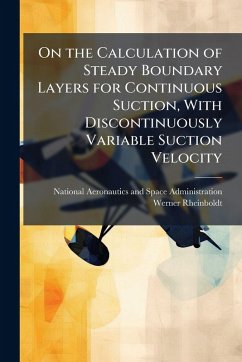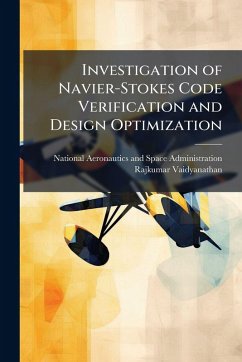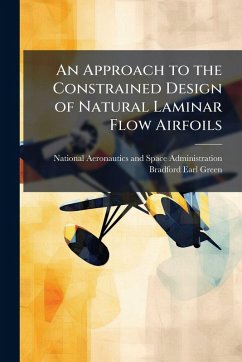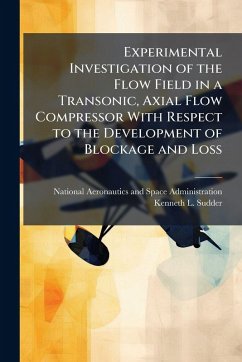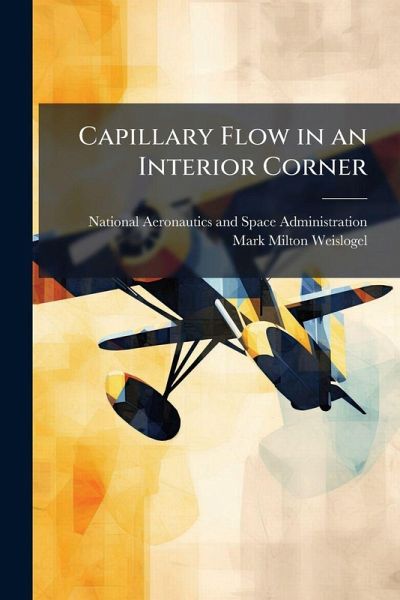
Capillary Flow in an Interior Corner
Versandkostenfrei!
Versandfertig in über 4 Wochen
17,99 €
inkl. MwSt.
Weitere Ausgaben:

PAYBACK Punkte
9 °P sammeln!
The design of fluids management processes in the low-gravity environment of space requires an accurate model and description of capillarity-controlled flow in containers of irregular geometry. Here we consider the capillary rise of a fluid along an interior corner of a container following a rapid reduction in gravity. The analytical portion of the work presents an asymptotic formulation in the limit of a slender fluid column, slight surface curvature along the corner, small inertia, and low gravity. New similarity solutions are found and a list of closed form expressions is provided for flow r...
The design of fluids management processes in the low-gravity environment of space requires an accurate model and description of capillarity-controlled flow in containers of irregular geometry. Here we consider the capillary rise of a fluid along an interior corner of a container following a rapid reduction in gravity. The analytical portion of the work presents an asymptotic formulation in the limit of a slender fluid column, slight surface curvature along the corner, small inertia, and low gravity. New similarity solutions are found and a list of closed form expressions is provided for flow rate and column length. In particular, it is found that the flow is proportional to t(exp 1/2) for a constant height boundary condition, t(exp 2/5) for a spreading drop, and t(exp 3/5) for constant flow. In the experimental portion of the work, measurements from a 2.2s drop tower are reported. An extensive data set, collected over a previously unexplored range of flow parameters, includes estimates of repeatability and accuracy, the role of inertia and column slenderness, and the effects of corner angle, container geometry, and fluid properties. Comprehensive comparisons are made which illustrate the applicability of the analytic results to low-g fluid systems design. This work has been selected by scholars as being culturally important, and is part of the knowledge base of civilization as we know it. This work was reproduced from the original artifact, and remains as true to the original work as possible. Therefore, you will see the original copyright references, library stamps (as most of these works have been housed in our most important libraries around the world), and other notations in the work. This work is in the public domain in the United States of America, and possibly other nations. Within the United States, you may freely copy and distribute this work, as no entity (individual or corporate) has a copyright on the body of the work. As a reproduction of a historical artifact, this work may contain missing or blurred pages, poor pictures, errant marks, etc. Scholars believe, and we concur, that this work is important enough to be preserved, reproduced, and made generally available to the public. We appreciate your support of the preservation process, and thank you for being an important part of keeping this knowledge alive and relevant.



